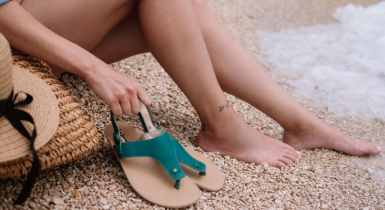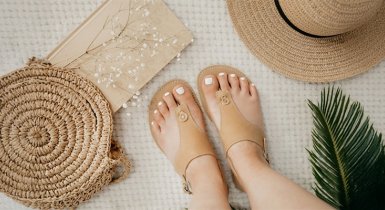Health and Comfort in Autumn: Will Barefoot Shoes Keep Your Feet Warm?

Barefoot shoes aren’t just for summer. With the right materials, fit, and care, they’ll keep your feet warm and healthy even in colder weather. This blog explains how barefoot footwear supports natural thermoregulation, what to look for when choosing a pair for autumn and winter, and how to keep them in top condition.
Table of contents
- Will my feet get cold in barefoot shoes?
- How to choose the right barefoot shoes for autumn and winter
- How to care for barefoot shoes in colder months
- How to keep your feet warm with the right socks
- What is barefoot cold hardening and how to start safely?
Will my feet get cold in barefoot shoes?
Not if you wear them correctly. Barefoot shoes stimulate natural movement, activating every part of the foot with each step. This increases blood circulation and helps the body maintain its temperature — your best natural defense against the cold. Their anatomical shape also plays a role. Since toes can spread freely, they create micro air pockets inside the shoe that trap warmth and act as natural insulation. Combine that with proper socks and movement, and your feet stay surprisingly warm, even on chilly days.
How to choose the right barefoot shoes for autumn and winter
Barefoot shoes for colder weather should combine flexibility with functional warmth. Here’s what to look for:
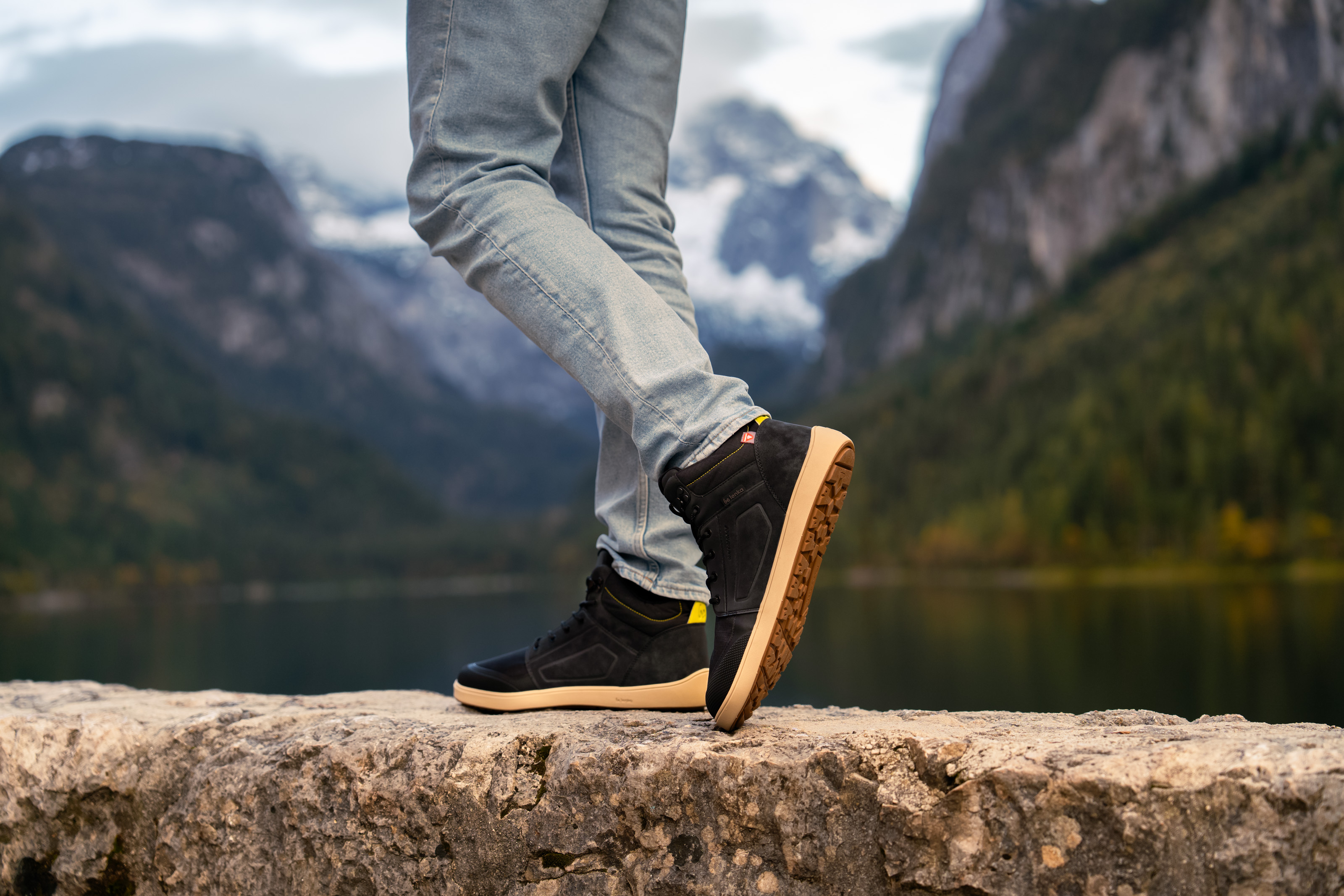
Key selection points
- Material: Choose breathable, water-resistant leather or high-quality vegan alternatives. Leather regulates moisture and adapts to temperature changes naturally.
- Insulation: For autumn, go with moderate fleece or Coolmax® lining. In colder months, Merino wool provides premium warmth while wicking moisture away.
- Sole: A durable rubber outsole with a deep tread (like Be Lenka’s DeepGrip or UniGrip) increases traction and adds thermal insulation from the ground.
- Membrane: Select shoes with a water-repellent membrane that lets sweat escape but blocks rain and slush. Maintain the membrane with proper waterproof sprays.
- Insole: For extra insulation, use fleece or Merino wool insoles — they’re soft, warm, and help maintain dry feet throughout the day.
Models like Be Lenka Ranger 2.0, Be Lenka Winter 3.0, or Be Lenka Bliss perfectly balance protection and freedom of movement while keeping your feet dry and cozy.

How to care for barefoot shoes in colder months
- Clean regularly — wipe off dirt as soon as possible to protect leather fibers.
- Use impregnation sprays suited for your shoe material and membrane type.
- Remove insoles after each wear to dry completely.
- Air-dry naturally — never place shoes on radiators.
- Store clean and stuffed with paper at the end of the season to preserve shape.
How to keep your feet warm with the right socks
Choose socks made of Merino wool, bamboo, or cotton — all excellent at wicking moisture and retaining warmth. If you still feel cold, layer a thin technical sock underneath a thicker wool one for optimal insulation.
Avoid synthetic socks that trap moisture — dry, breathable feet stay warmer longer.

What is barefoot cold hardening and how to start safely?
Cold exposure is a natural and effective way to boost circulation and immune function. Here’s how to begin:
- Start with cold showers on your feet and ankles for 10–20 seconds.
- Alternate warm and cold foot baths to train blood vessels.
- Try brief barefoot walks in dew, snow, or shallow streams to awaken natural thermoregulation.
Begin gradually, listen to your body, and always warm up afterward with gentle movement or massage.
Barefoot shoes are not just suitable for autumn and winter — they’re a smart, healthy choice for them. With natural materials, anatomical design, and active circulation, your feet stay warm, flexible, and comfortable. Combine them with good socks and a little care, and you’ll enjoy warmth and freedom in every step.
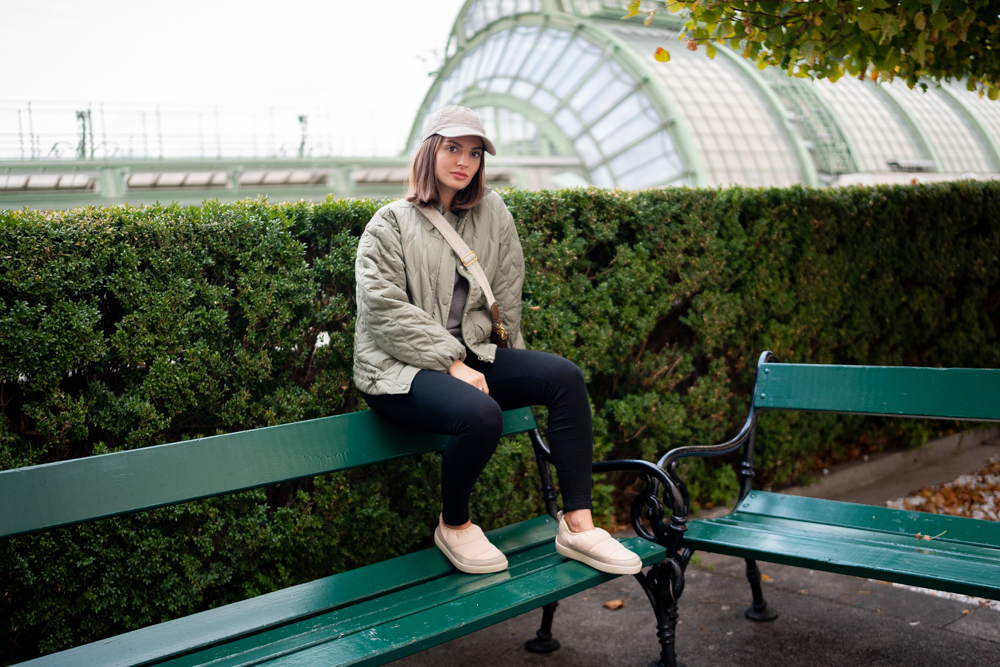
Explore Be Lenka’s insulated models to find your perfect fit for the season.
Find your ideal autumn barefoot shoes → Shop the collection.
Discover your perfect fit → Use our barefoot size guide.
Need advice? → Contact our barefoot specialists.
Sources
- Sanz-Encinas, M., et al. (2024). Thermoregulation during cold exposure and its link to peripheral circulation. Frontiers in Physiology, 15, 1328114.
- Fuchs, K., et al. (2023). Minimal footwear and foot health in cold climates: Implications for thermoregulation. Journal of Foot and Ankle Research, 16(4), 98–110.
Do barefoot shoes work in snow?
+ -Yes — models with membranes and insulation (like Be Lenka Winter 3.0) keep snow and slush out while letting moisture escape.
What socks should I wear with barefoot shoes in winter?
+ -Merino wool socks are ideal. They keep feet warm even when damp and regulate temperature naturally.
Are barefoot shoes warm enough for people with poor circulation?
+ -Yes, but combine them with movement and proper socks to improve blood flow and maintain warmth.
Can I waterproof my barefoot shoes myself?
+ -Absolutely. Use sprays or waxes designed for leather or membrane footwear, applied regularly during the season.
 DE / USD
DE / USD

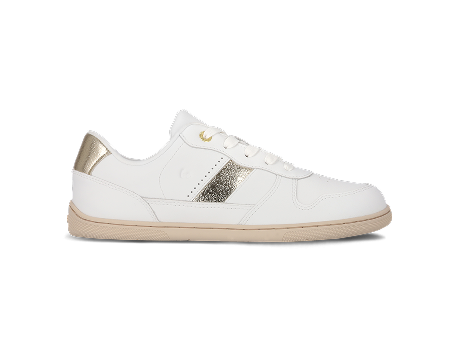

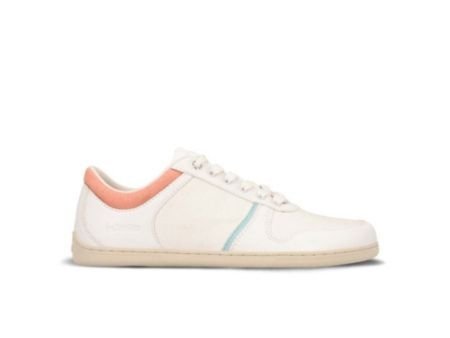
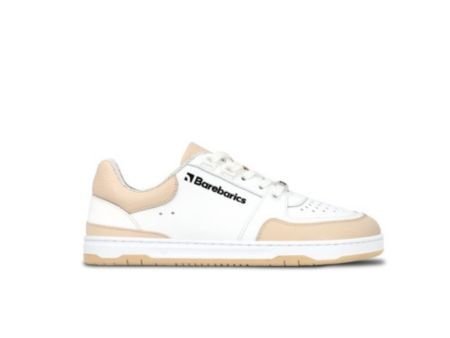

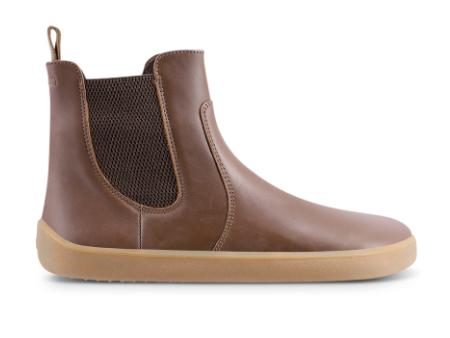


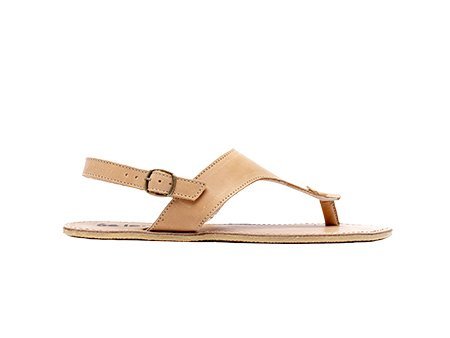
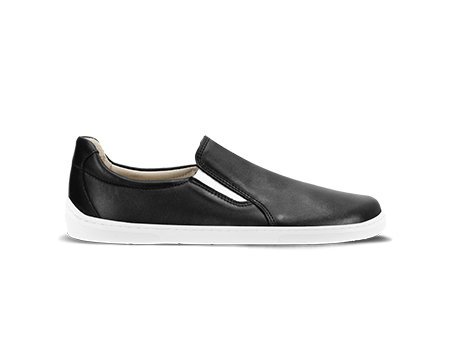

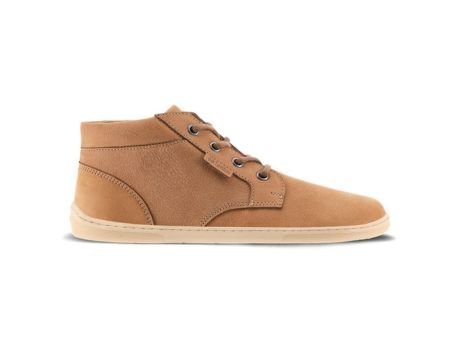

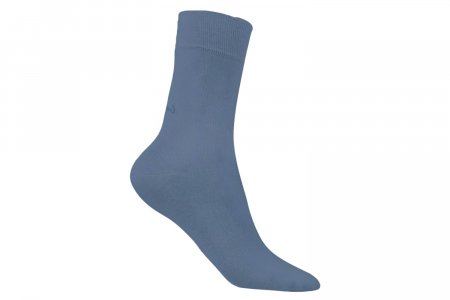
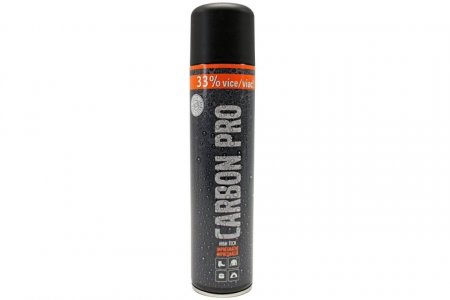
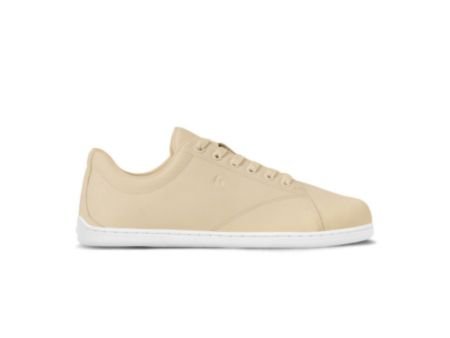
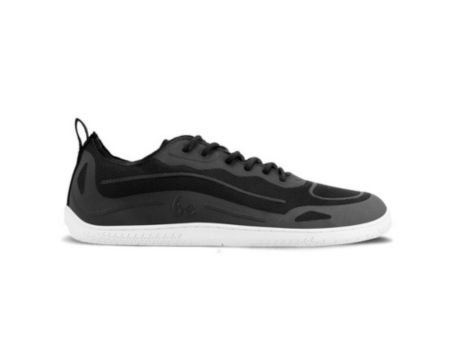
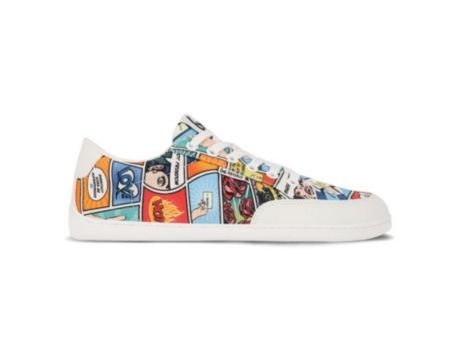

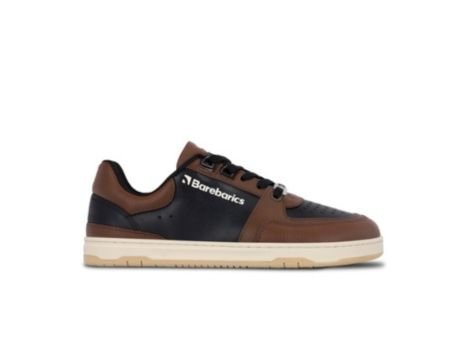


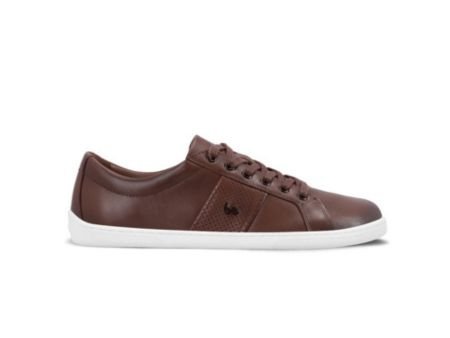
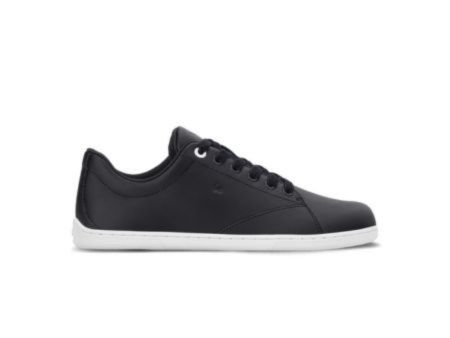
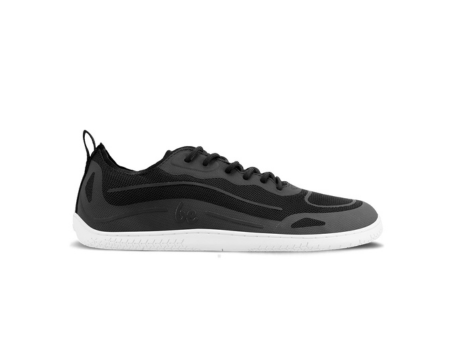

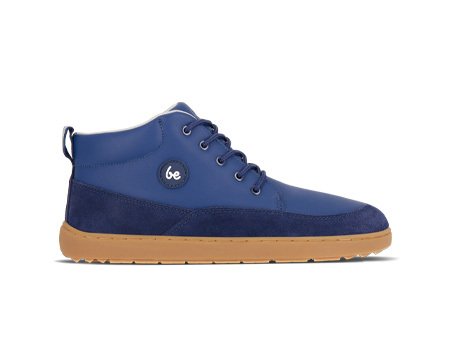

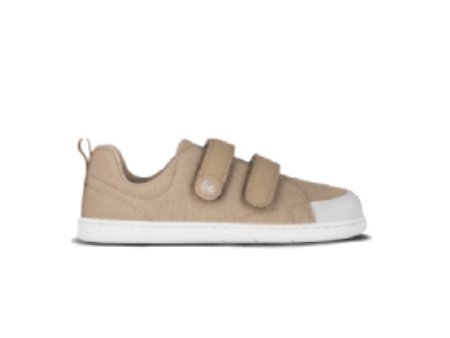

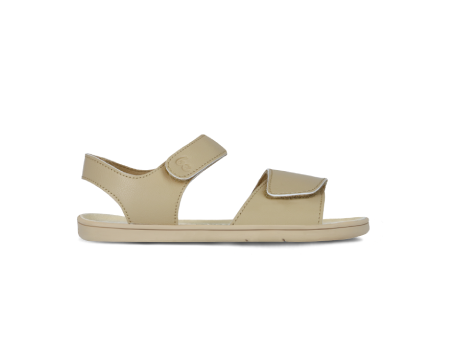
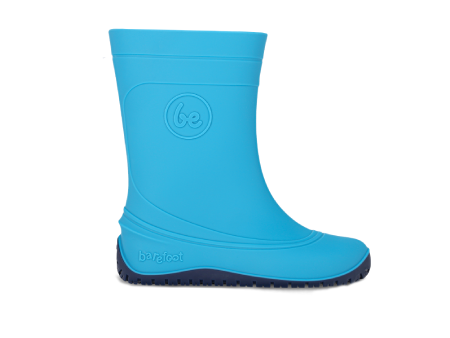
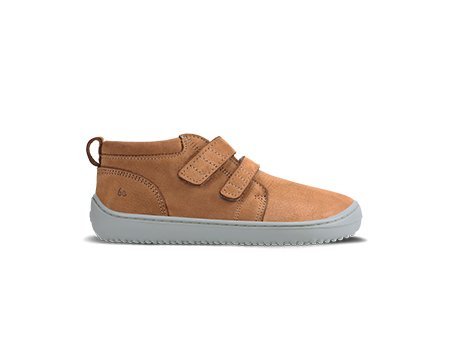
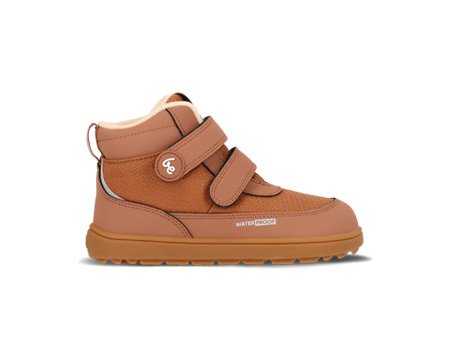
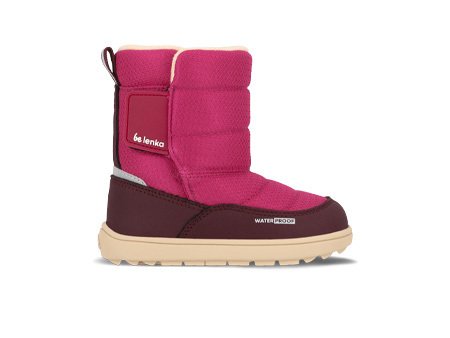

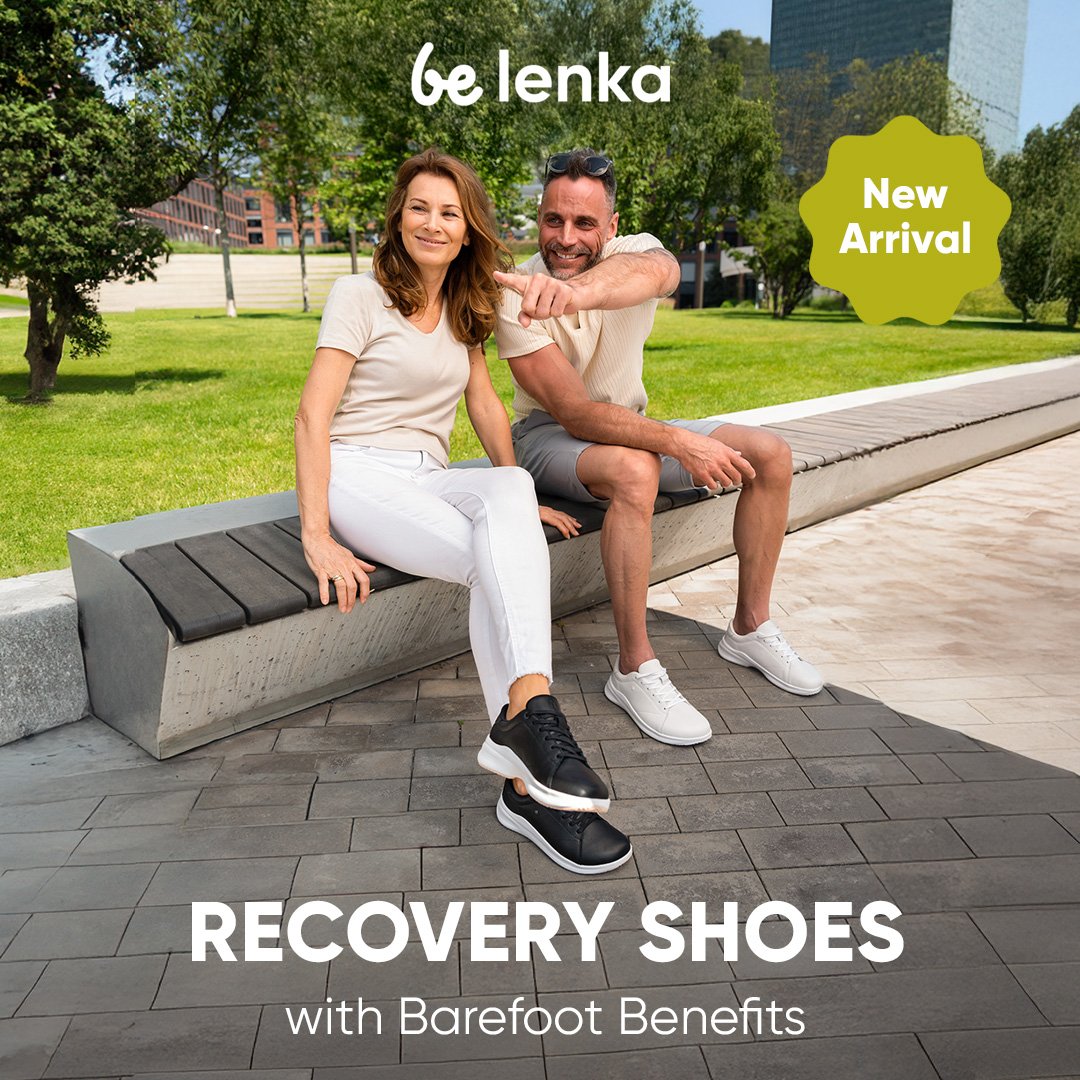
 Be Lenka
Be Lenka


